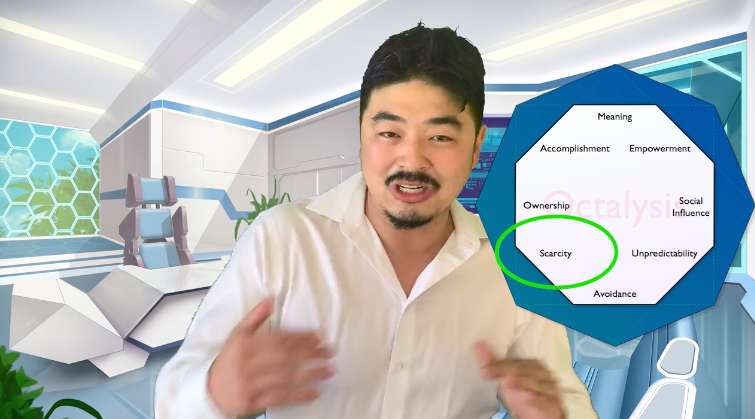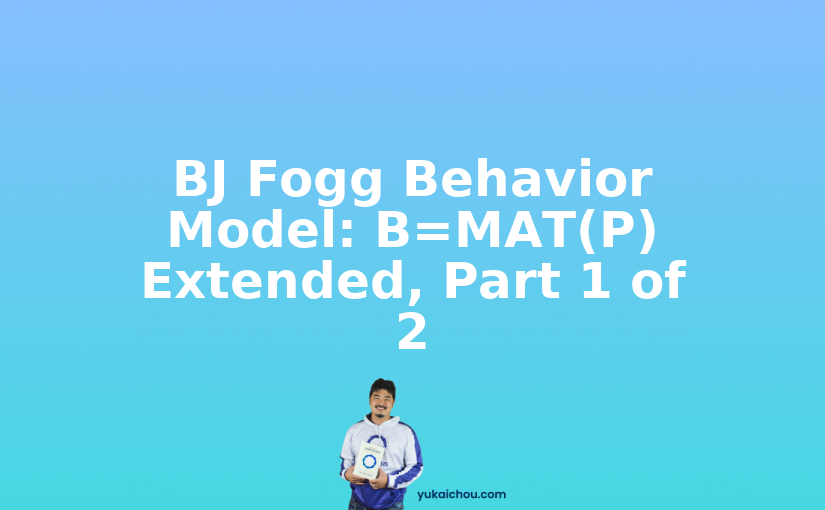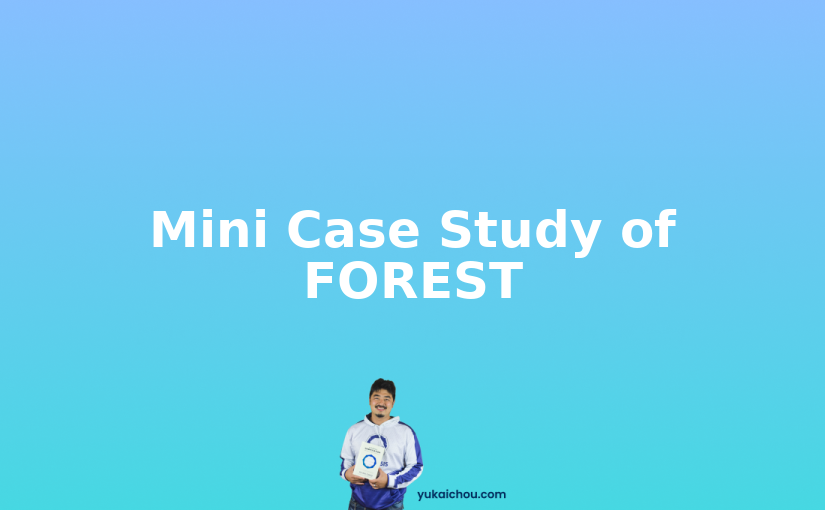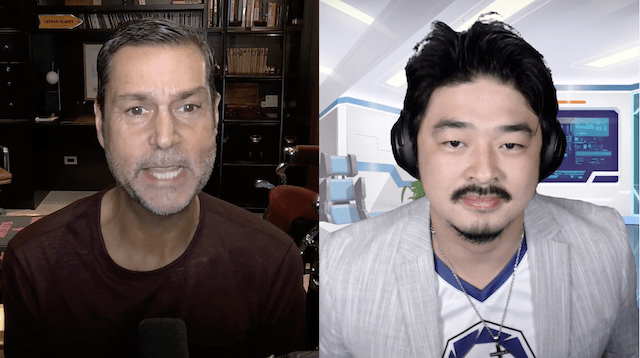BJ Fogg recently updated his model slightly. This video delves deeper into BJ Fogg’s behavioral model.
Here is a lightly edited transcript of the above video.
Today, we’re going to go deeper into BJ Fogg’s behavioral model.
And so if you recall, the behavior model is:
Behavior = Motivation + Ability + Trigger (Prompt)
I might interchange these terms, but I personally liked trigger better. Sometimes, it’s possible we can stick with the new word, but it just depends on what we’re looking at. So we’re going to go deeper into those concepts and understand the elements of motivation, ability, and triggers.
Ability
I want to start with Ability. It’s very interesting because BJ Fogg throughout his paper calls it the element of Simplicity, with emphasis on ability. So he entertained simplicity ability because most of the time, having high ability means that the design is simple. It’s usually not necessarily the cost that is prohibitive but it’s the complexity or difficulty that reduces ability.
High Ability = Simple Design
He also says that simplicity comes from six different sources, number one, it comes from time.
Time
So if something takes a lot of time, and everyone thinks time is a limited resource, right, they don’t have enough time to do it. Then they feel like they have lowered ability or decreased simplicity.
Money
The second component is money. If somebody is really really expensive. They just can’t afford to do it or they feel like it’s just too expensive for them that obviously get, then they have lower ability to take the desired action because it is expensive or, in a sense, it lowers simplicity,
Physical Effort
The third one is physical effort. Even the thought of a tremendous amount of physical lowers ability.
Sometimes, an action as normal as opening a jar actually requires so much work and we just feel like, “Oh, it’s very very hard” so it makes us not want to open these jars as much.
Brain Cycles
Another common component is actually pretty interesting and less intuitive: BJ Fogg talks about Brain Cycles. If it requires more brain cycles to think about something to like, “Oh, I get it!” or “Hm, what does it mean, I’m kind of confused,” that cognitive dissonance actually causes people to lower their ability. This makes sense that it has decreased simplicity and therefore behavior is less likely to happen.
Social Deviance
If action A represents the social norm and Action B is far away from action A on a map, then Action B represents a deviation from the social norm. Doing so requires more effort. And ability decreases.
Non-Routine
The final one the six components of Ability is Non-Routine. If you’re doing something again and again, it becomes a habit, doing something that’s away from your routine. So you have less ability because it’s so far from that.
From the Octalysis Perspective

Without time and money, the Anti-Core Drive 8: Loss & Avoidance motivates people away from certain tasks. And this must be overcome by other Core Drives.
When it comes to Brain Cycles, the Anti-Core Drive is Core Drive 2: Development & Accomplishment. If touching a product experience makes you confused. Then, doing anything else would make you feel smarter.
Social deviance incorporates Core Drive 5: Social Influence & Relatedness as an Anti-Core Drive.








